 Humans
Humans  Humans
Humans  Animals
Animals 10 Animals That Humiliated and Harmed Historical Leaders
 History
History 10 Most Influential Protests in Modern History
 Creepy
Creepy 10 More Representations of Death from Myth, Legend, and Folktale
 Technology
Technology 10 Scientific Breakthroughs of 2025 That’ll Change Everything
 Our World
Our World 10 Ways Icelandic Culture Makes Other Countries Look Boring
 Misconceptions
Misconceptions 10 Common Misconceptions About the Victorian Era
 Mysteries
Mysteries 10 Strange Unexplained Mysteries of 2025
 Miscellaneous
Miscellaneous 10 of History’s Most Bell-Ringing Finishing Moves
 History
History 10 Great Escapes That Ended Right Back in Captivity
 Humans
Humans 10 Everyday Human Behaviors That Are Actually Survival Instincts
 Animals
Animals 10 Animals That Humiliated and Harmed Historical Leaders
 History
History 10 Most Influential Protests in Modern History
Who's Behind Listverse?

Jamie Frater
Head Editor
Jamie founded Listverse due to an insatiable desire to share fascinating, obscure, and bizarre facts. He has been a guest speaker on numerous national radio and television stations and is a five time published author.
More About Us Creepy
Creepy 10 More Representations of Death from Myth, Legend, and Folktale
 Technology
Technology 10 Scientific Breakthroughs of 2025 That’ll Change Everything
 Our World
Our World 10 Ways Icelandic Culture Makes Other Countries Look Boring
 Misconceptions
Misconceptions 10 Common Misconceptions About the Victorian Era
 Mysteries
Mysteries 10 Strange Unexplained Mysteries of 2025
 Miscellaneous
Miscellaneous 10 of History’s Most Bell-Ringing Finishing Moves
 History
History 10 Great Escapes That Ended Right Back in Captivity
10 Firefighter Arsonists
We think of firefighters as heroes who rush into dangerous situations that the rest of us desperately try to escape. And most firefighters are true heroes who deserve our respect and thanks.
But some firefighters are obsessed with fire, and they are not content with the number of naturally occurring fires. They feel the need to start their own infernos, and most of them love to help extinguish the flames. Many of these firefighters do not care about the buildings, homes, and people that their fires consume. They just want to watch things burn.
10 Caleb Lacey
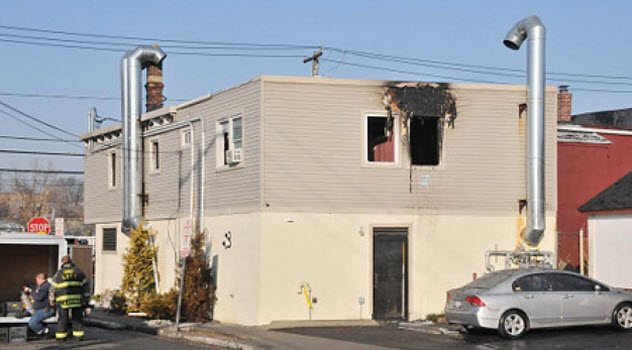
Caleb Lacey was proud to become a Long Island volunteer firefighter, and he yearned to be a hero. Months passed, and Lacey grew frustrated. He had answered 90 emergency calls, and none of them were active fires. In February 2009, Lacey decided to create his own opportunity to be a hero.
He splashed gasoline on the staircase of a neighbor’s home and lit it on fire. Lacey ran 0.8 kilometers (0.5 mi) to his firehouse and put on his gear. He was long ready by the time the alarm sounded. Lacey and his crew rushed to the fire. As Lacey was new, he was not allowed to enter the burning building. He held the hydrant secure for his colleagues as they fought to control the flames.[1]
Lacey had lit the fire in the worst possible spot. The staircase he burned was the second floor’s only exit. Several of the residents survived by jumping from windows. However, a mother and her three children died in the blaze.
Less than two weeks later, Lacey was arrested and charged with arson. After being found guilty of manslaughter and arson, he was sentenced to 25 years to life in prison.
9 John Orr
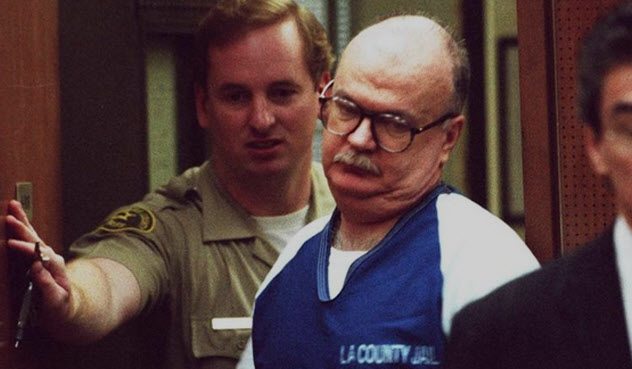
In Glendale, California, John Orr was a 17-year firefighting veteran who received national acclaim for his investigative work. He was also an arsonist. Orr liked to set fires in the back of occupied businesses using a signature time-delay device consisting of a cigarette, matches, a rubber band, and a piece of paper.
Orr spent years undetected as an arsonist. The respected fire captain seemed immune from suspicion. However, people began to notice that fire followed Orr. Arson rates rose wherever Orr went—even arson investigator conventions.
Arson investigators could no longer ignore the evidence against Orr, so they stuck tracking devices on his car. After a few months, they had enough evidence to arrest him. Police discovered a manuscript—Points of Origin—in his home. The novel described the activities of a firefighter-turned-arsonist who used his knowledge to outwit the authorities.
The novel’s protagonist used a slow-burning incendiary device to burn a hardware store, killing a woman and her grandson. The crime mimicked one of Orr’s own. Orr wrote in the manuscript, “The deaths were blotted out of his mind. It wasn’t his fault. Just stupid people acting as stupid people do.”
Orr was convicted of 20 cases of arson, including a firestorm in which 67 homes sustained damage or were completely destroyed. He was sentenced to life in prison without the possibility of parole. After he was imprisoned, brush fires around his area near Los Angeles declined by 98 percent. Authorities believe that Orr was responsible for close to 2,000 fires over a seven-year period ending in 1991.[2]
8 Leonard Gregg
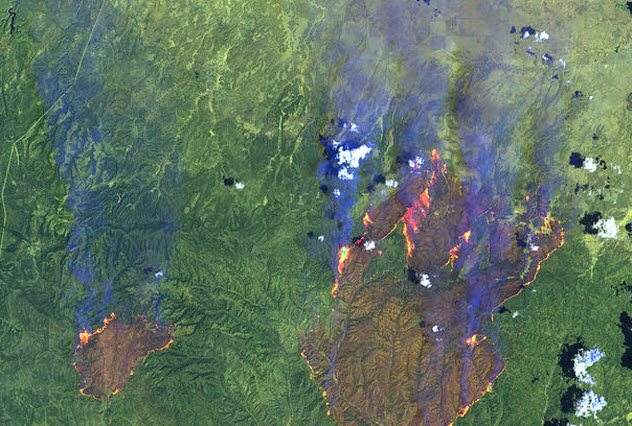
Part-time firefighter Leonard Gregg lived with his girlfriend and her five children in Cibecue, Arizona. The family was low on money. However, there were no jobs nearby and Gregg was only paid when he fought a fire. In 2002, he decided to light a fire in hopes that he would land a job with the Bureau of Indian Affairs on the quick-response fire crew.
Gregg used matches to set dry grass on fire, but it was quickly put out. He decided to light another. The new fire spread quickly. Gregg was one of the first people called to fight the blaze. However, the firefighters could not contain the fire.
Gregg’s wildfire merged with another fire, which had been started by a stranded hiker who was trying to signal a news helicopter. These wildfires formed a “wall of fire” that threatened several communities, and 30,000 people needed to be evacuated.
It took thousands of firefighters nearly a month to contain the blaze. By the time the fire was extinguished, it had destroyed 463,000 acres, at least 423 homes, and the local timber industry.
Gregg was found guilty of two counts of arson, and he was sentenced to 10 years in prison. He was also ordered to pay $27.9 million in restitution.[3]
7 David Plante
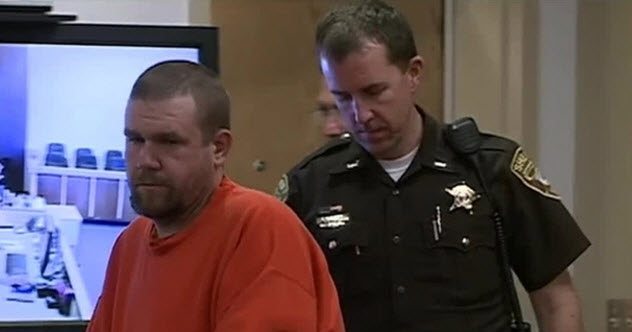
In Stoddard, New Hampshire, volunteer firefighter David Plante used a flint to start a small brush fire in April 2016. It burned 16 acres before firefighters controlled it. The next day, Plante started another fire using a glass bottle and sunlight to spark the flames. The fire quickly burned through the undeveloped woodland.
As Plante ran away from the fire, he came across two firefighters. He told them that he had seen two people light the fire before they fled on an ATV and a motorbike. Plante then asked the firefighters to use his cell phone to take a picture of him standing in front of the fire. The firefighters were suspicious of Plante, and they reported both him and his suspects to the police.
Plante’s fire spread. It burned through nearly 200 acres of land, and residents from 17 homes had to be evacuated. Firefighters from around the state came to put out the fire. It took more than 100 to tame the flames.
Police confronted Plante and asked him to take a polygraph. It showed that his story was false, and he confessed during the post-examination interview. He pleaded guilty to two counts of arson and was sentenced to 2.5–7 years in prison. He also had to pay more than $600,000 in restitution.[4]
6 David Clifton Parks
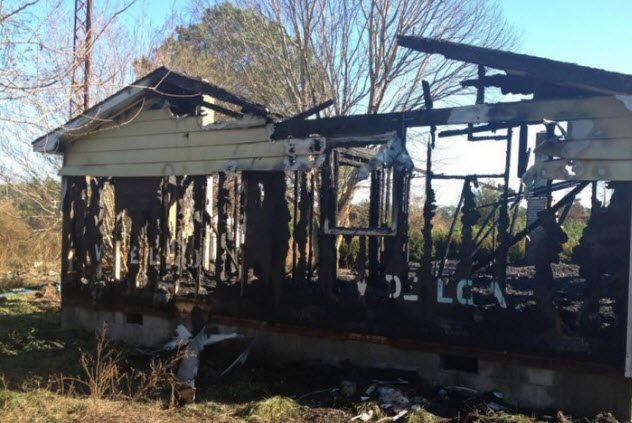
In Virginia, David Parks was an accomplished career firefighter. Unfortunately, he had a problem with alcohol. When he was drunk, he developed a fascination with fire. One evening, Parks downed 15–18 beers and several mixed drinks. Then he went on a two-hour arson spree that damaged a car and four buildings.
Police observed Parks’s drunken driving and pulled him over. They watched him hide matches under his front seat, and they discovered a 4-liter (1 gal) plastic container of gasoline in the back seat. As police attempted to arrest Parks, they had to forcibly remove him from his car.
Parks pleaded guilty to arson and was sentenced to eight years in prison.[5] Shortly after his release, Parks got drunk and lit a barn on fire. He confessed and admitted that he had “a problem with setting fires.” Parks was sentenced to 12 years in prison and ordered to undergo mandatory alcohol and mental health counseling.
5 Ryan J. Campbell

In Monroe County, Pennsylvania, volunteer firefighters Ryan Campbell and Daniel Dreisbach decided to leave high school early in September 2002. They and Campbell’s girlfriend, Amanda Eckert, went to a nearby field and smoked marijuana. Dreisbach complained that the fire company had not responded to a fire in a long time. He suggested that they burn a nearby abandoned house so that they could extinguish the flames.
After the teens drove to their firehouse, Campbell and Dreisbach went inside and stole road flares. They drove to the trailer home, and the boys set it on fire. Then they dropped Eckert off and sped to the firehouse to respond to the expected alarm. Campbell was speeding and lost control of his car. It bounced off a pole and crashed into a wooded area. Dreisbach died, and Campbell suffered serious leg and hip injuries.
Eckert told police of the teens’ involvement in the arson. Campbell pleaded guilty and was sentenced to 15 months to five years in a county jail.[6]
4 Robert Eric Eason
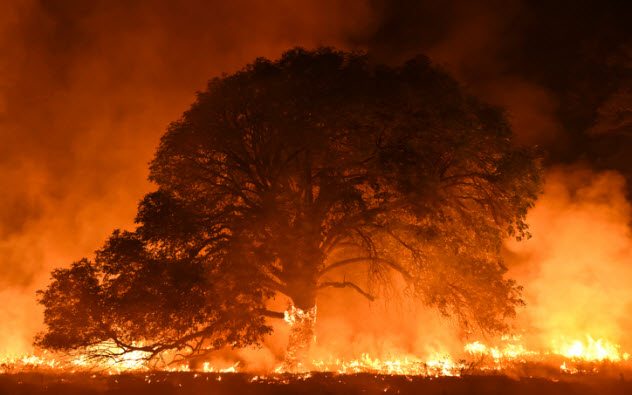
Robert Eason was a captain at his California firehouse, and his colleagues regarded him as a top-notch firefighter. However, Eason enjoyed starting fires more than fighting them. He created time-delay incendiary devices from mosquito coils, slow-burning spirals of claylike insect repellent. Eason was able to throw the devices out of his moving car. He would often return with his crew to extinguish the flames.
Although most of his fires were small, one was a 1,000-acre blaze that killed 200 sheep. Fire officials began to suspect an arsonist, and they set up surveillance cameras. The cameras showed Eason driving past 12 spots where fires later started.
Police obtained a search warrant and discovered pieces of incendiary devices in Eason’s garbage can and car. In 2006, Eason was arrested and convicted of starting a dozen wildfires. He was sentenced to 40 years in prison.
Police suspect that Eason had started many more fires. Similar incendiary devices had been found at the sites of other fires since 1988, the year Eason had become a firefighter. Officials believe that he may have set as many as 143 fires throughout his 18-year career as a firefighter.[7]
3 Peter Waraksa
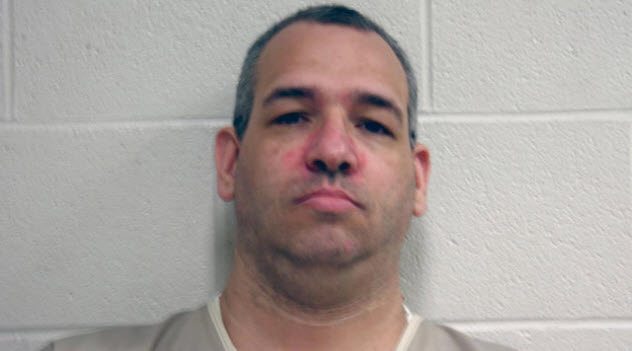
Peter Waraksa set dozens of fires during his time as a volunteer firefighter in Connecticut. Few of the fires caused significant damage, although one killed married couple Orie and Assunta Weeks. No one suspected that the 1986 fire had been caused by arson, and Waraksa continued his career as a firefighter.
He always arrived at the fires first, reported several of them, and found grass and wood fires that no other firefighter could. Waraksa’s colleagues became suspicious and nicknamed him “Pyro Pete.”
Waraksa’s bosses asked him to leave, and he started working with his town’s emergency management response team. About 20 years passed, and Waraksa was arrested for sexually assaulting five boys. He was sentenced to five years in prison.
A detective attempted to talk to Waraksa about the molestations. Instead, Waraksa admitted to setting fires in the 1980s, including the one that had killed Orie and Assunta Weeks. Waraksa told the officer that the fires calmed his anger and provided a way to get revenge.
After Waraksa was charged with arson murder, he pleaded guilty. He was sentenced to eight years and eight months in prison.[8]
2 Benjamin Cunha
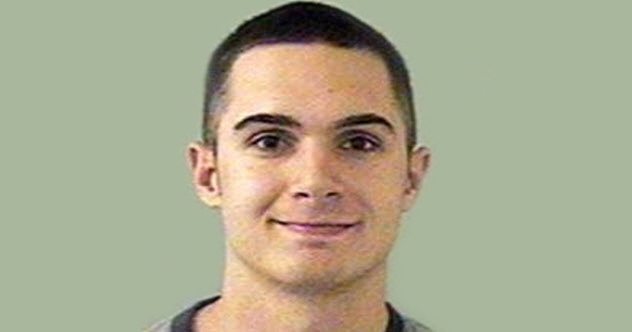
Benjamin Cunha found his job as a volunteer firefighter with the California Department of Forestry and Fire Protection boring. There were few fires and little opportunity to make money. In 2006, he decided to remedy this by lighting several fires. He planned to help fight the flames and wanted to impress his colleagues with his skills.
Fire investigators discovered Cunha’s involvement with three wildfires, and he confessed to setting at least 30 fires. Cunha told investigators that he had used his knowledge as a firefighter to create the incendiary devices. He had wanted to “create fires big enough that significant firefighting resources would be required to extinguish the fires.”[9]
He pleaded guilty to arson and was sentenced to a year in jail. Cunha had to register as an arsonist for the rest of his life and wear a tracking device during the fire season.
After he was released, he was identified as the prime suspect in two more fires. At least one was started with a time-delay device, the same tool he had admitted to using years earlier to ignite more than two dozen wildfires.
In 2016, he pleaded guilty to felony arson and was sentenced to five years in prison.
1 Ryan G. Scharber
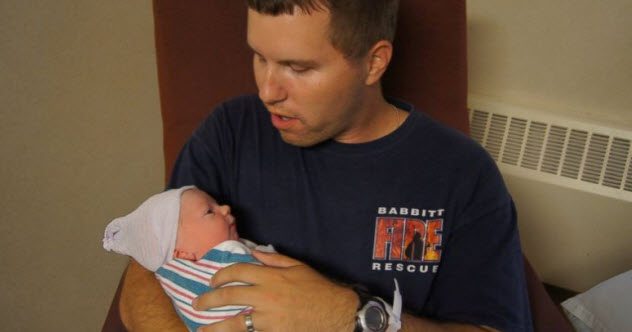
In Babbitt, Minnesota, fire chief Ryan Scharber was having trouble at home. He and his wife had recently had a second son, and the infant cried more than usual. Eventually, the baby was screaming nonstop day and night.
Scharber wanted a break from the crying infant, so he decided to start lighting fires in vacant woodland areas. He was always one of the first responders who fought the fires and investigated the suspicious circumstances.
His fires caught the attention of federal agents. While no one was injured in the blazes, the area was facing unusually dry conditions and the authorities were afraid that the fires would spread. They could not find a suitable suspect. As months passed, they began to suspect that the arsonist was a firefighter, although they had no leads.
Scharber drove to a remote area and attempted to start another fire. He was caught by Don Mattila, the owner of a nearby fishing resort. Scharber claimed that he was just there to urinate, but Mattila did not believe him. Mattila asked Scharber to leave and then followed Scharber’s tracks in the snow. When this led to a half-full can of gas, Mattila called the police.
Arson investigators began following Scharber and tracking his every move. They secretly installed surveillance cameras in various locations, obtained cell phone records, and put a GPS tracking device on his vehicle.
In December 2012, they confronted Scharber. He denied responsibility and tried to steer the investigation toward other suspects. The investigators showed Scharber the evidence against him, and he confessed to setting nine fires. Scharber explained that he set fires as “an excuse to get out of his house for a few hours to get relief from his newborn child’s acid reflux issues.”[10]
After pleading guilty to arson, he was sentenced to five years in prison.
Read more alarming facts about public servants on 10 Worrying Facts About Public Servants and 10 Surprising Facts About Firefighters.